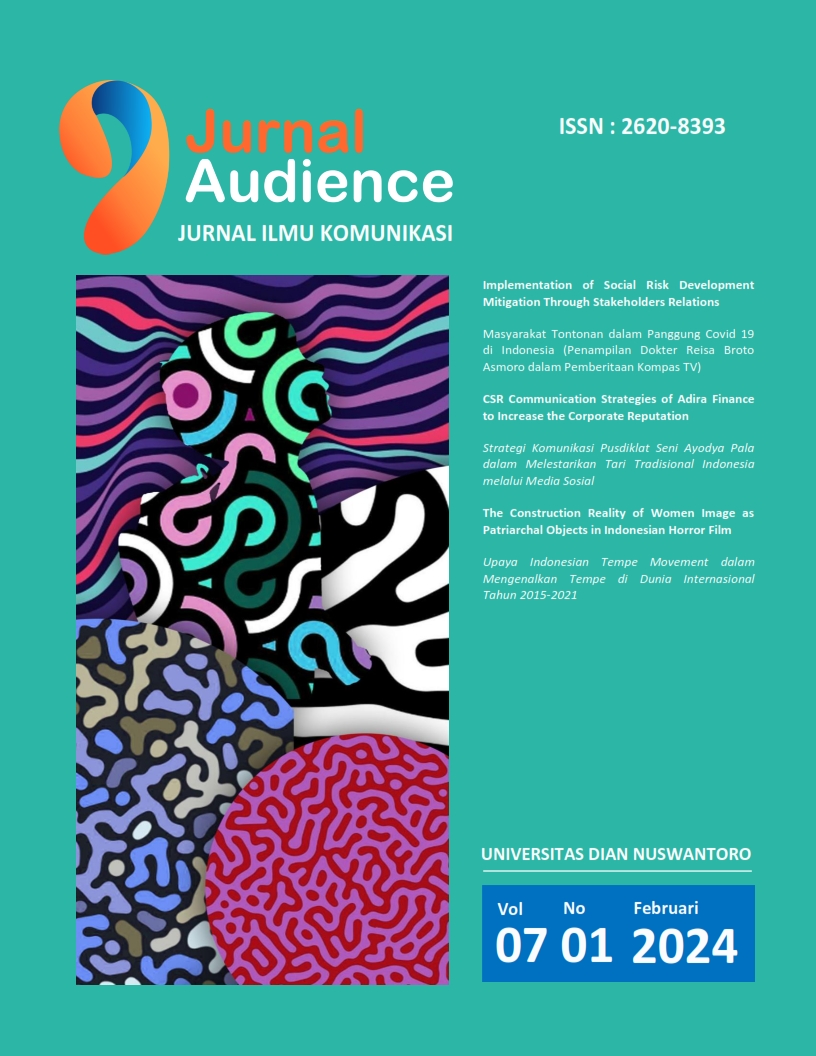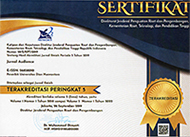The Construction Reality of Women Image as Patriarchal Objects in Indonesian Horror Film
DOI:
https://doi.org/10.33633/ja.v7i1.9905Abstract
As one of the film genres in Indonesia, horror films have different dynamics in terms of narrative and cinematography. The example is about the characterization of women in films. Women are often associated with victims, monsters, and other main characters in Indonesian horror films. This phase has an impact on the construction of reality in the image of women as a form of insertion of patriarchal culture in films. In patriarchal culture, women are formed through the depiction of figures full of negative emotions and synonymous with terror and revenge. This study aims to describe the forms of patriarchal culture towards women in Indonesian horror films from 1970-2022. This research uses literature study as the main method with related previous research. Based on this research, several connections were found regarding women who are depicted as objects of patriarchal culture with the main scope being the characterization of women as victims and monstrous feminine in 600 Indonesian horror films in the period 1970-2022. The image of women that is constructed has become a distinct pattern in Indonesian horror films because of the strong patriarchal culture. The commodification perspective according to the political economy of the media has increasingly strengthened the tendency of women to become objects in the Indonesian film culture. Women in horror films are often used as a mere commodity. In other words, women are indicated as an added value to become an exchange value in the horror film market.Downloads
Published
2025-01-06
Issue
Section
Articles
License
Authors who publish with this journal agree to the following terms:
- Authors retain copyright and grant the journal right of first publication with the work simultaneously licensed under a Creative Commons Attribution License that allows others to share the work with an acknowledgment of the work's authorship and initial publication in this journal.
- Authors are able to enter into separate, additional contractual arrangements for the non-exclusive distribution of the journal's published version of the work (e.g., post it to an institutional repository or publish it in a book), with an acknowledgment of its initial publication in this journal.
- Authors are permitted and encouraged to post their work online (e.g., in institutional repositories or on their website) prior to and during the submission process, as it can lead to productive exchanges, as well as earlier and greater citation of published work (See The Effect of Open Access).





















